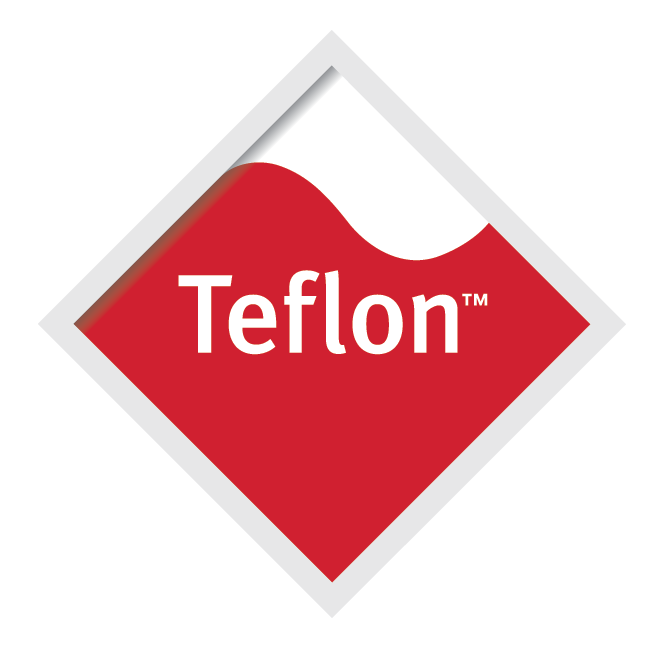Polímero termoestable considerado uno de los más versátiles dentro de los materiales termoplásticos causando que una de sus características principales es su alta resistencia a temperaturas elevadas. Considerado uno de los materiales termoplásticos más estables ya que a 260°C conserva sus propiedades sin presentar descomposición alguna, ya que su coeficiente conductividad térmica no varía con los cambios de temperatura hace que se aun aislante ideal.
Qué es el Teflón
Tetraflon de México
Características del Teflón
Tetraflon de México
PTFE
Tetraflon de México
Vitriflon® Premium
Tetraflon de México
Politetrafluoroetileno
Tetraflon de México
1938
Dr. Roy J. Plunkett, quien trabajaba con gases refrigerantes relacionados con Freón, descubrió que una muestra que dejo durante la noche en un cilindro se polimerizo espontáneamente en una substancia solida blanca y como cera.
Tetraflon de México
1939 - 1947
Se desarrollaron otros métodos moldeo por compresión a temperatura ambiente y posteriormente sinterizar la resina en piezas como barras y tubos que se pudieran posteriormente maquinar en las piezas deseadas, posteriormente se desarrolló la resina dispersa en agua, la cual se pudo aplicar en telas de fibra de vidrio, haciendo un recubrimiento del Politetrafluoroetineno (PTFE).
Tetraflon de México
1948
DuPont empezó a vender el PTFE en el mercado, y empezaron a surgir las primeras empresas que comercializaron este polímero que hoy nosotros procesamos en nuestra planta de Toluca y comercializamos.



